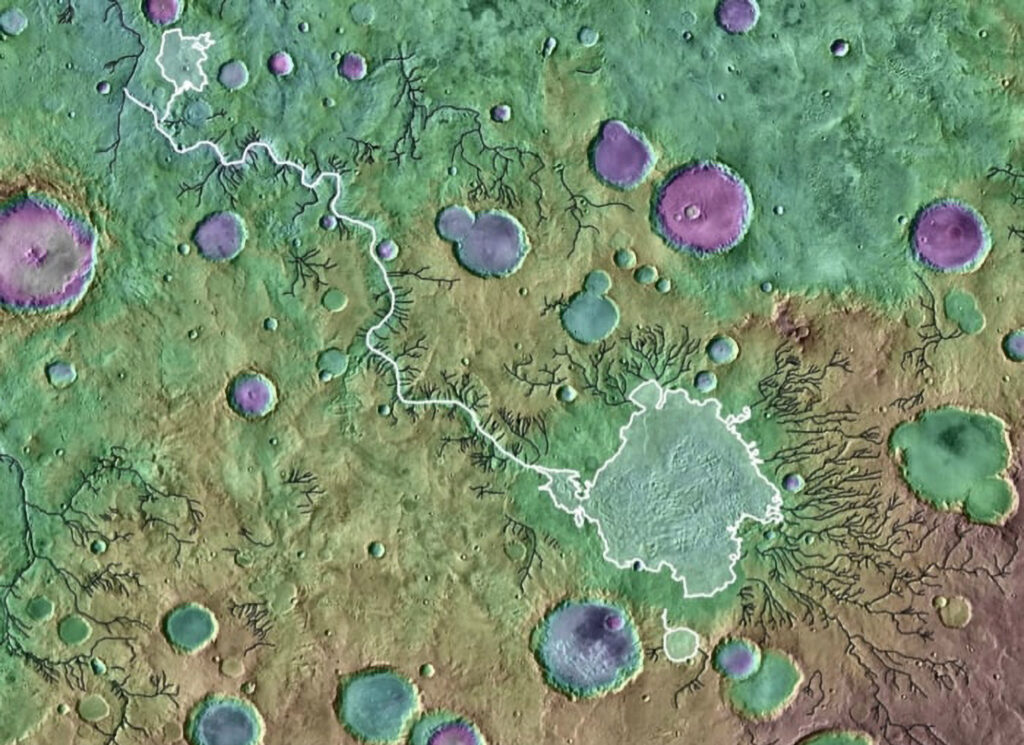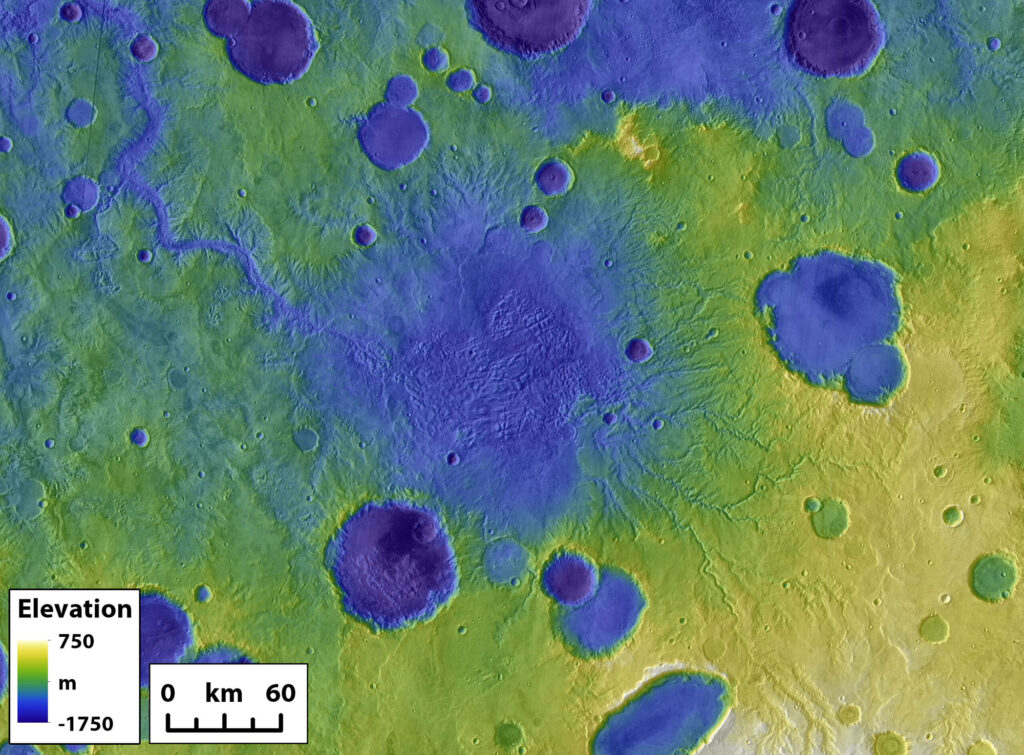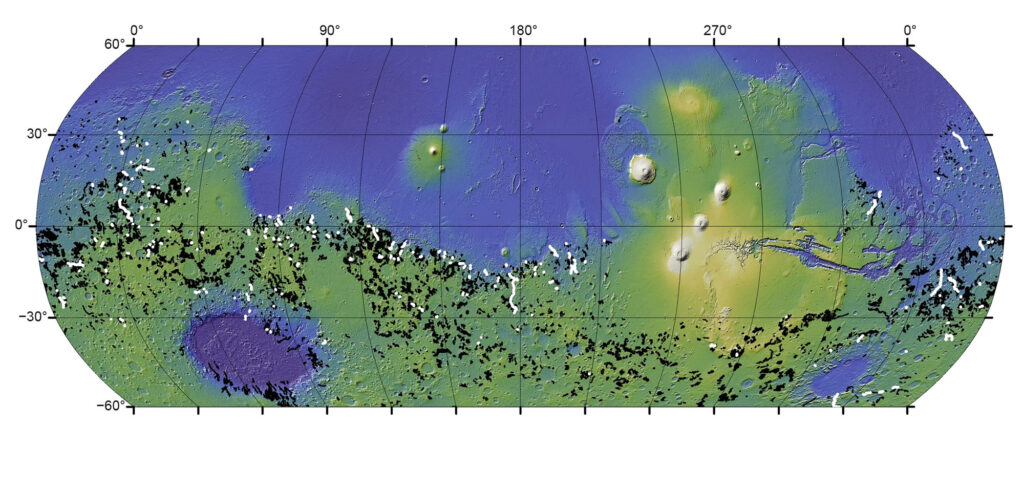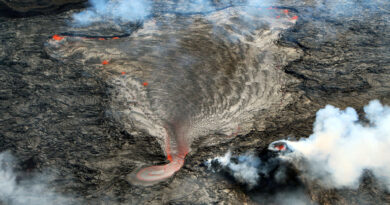The Martian Surface Was Shaped By Immense Floods That Created Deep Chasms And Valleys
Many of the deep chasms found on the Martian surface were formed by massive floods from crater lakes that cracked through rock and shifted sediment 3.5 billion years ago.
The floods would often last for weeks spilling enough water to fill Lake Superior which holds 10 per cent of the Earth’s freshwater.
Tim Goudge, the lead author of the study that examined how flooding altered the Martian surface, said: “If we think about how sediment was being moved across the landscape on ancient Mars, lake breach floods were a really important process globally.”

Crater lakes littered the surface of Mars billions of years ago when liquid water was abundant on the Red Planet.
The study, titled ‘The importance of lake breach floods for valley incision on early Mars’, which was published yesterday, 29th September, in the journal Nature, found that these crater lakes would often burst their banks causing huge floods.
The study looked a the effect of 262 incidents here the lakes burst their banks and flooded the Martian surface.
The researchers categorised valleys on Mars into two groups, ones that started developing from the edge of crater lakes suggesting they were created by breach floods and the ones that were formed elsewhere meaning they developed more gradually over time.
The scientists found that a disproportionate volume of valleys on the planet was formed by crater lake breaches.

Nearly a quarter of the planet’s river valley volume is made up of these valleys despite them only accounting for three per cent of total valley length.
This suggests that the depth of the valleys formed by the flooding is tremendous, compensating for their shorter length.
Alexander Morgan, a study co-author, said that the reason the valleys formed by the floods make up so much volume and so little length is that they are extremely deep compared to those that formed gradually.
The breach valleys have a median depth of 559 feet (170.5 metres) which is more than double the 254 feet (77.5 metres) median depth of those that formed slowly over time.
Although the chasms developed in a geologic instant experts believe they could have had a long-term impact on the planet’s landscape.
The breaches scoured very deep canyons which could have influenced the formation of other nearby river valleys.

The authors wrote that this finding presents an alternative explanation as to how the unique Martian river valley topography developed which is normally attributed to the climate.
Goudge added that unlike the Martian surface Earth’s geology has now wiped away most craters and river erosion is normally a slow process. This study shows that just because something is true on our planet it may be very different on others.



